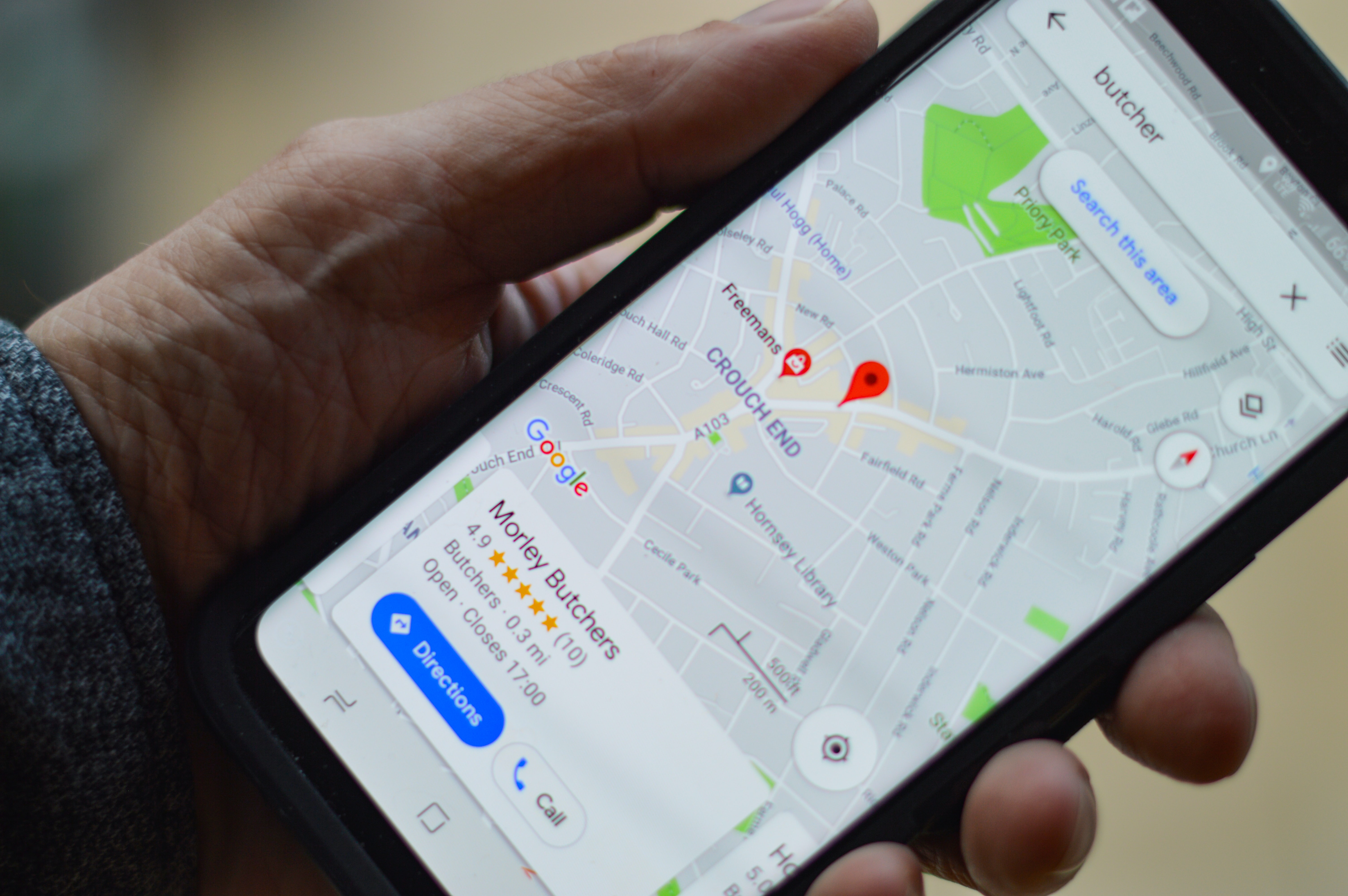Geofencing: Legal Ramifications & Articles For Learning
We are guessing you don’t know what geofencing I mean why else would you be here? This article provides links to other articles to give you some additional general background information. But the bottom line is that geofencing is used by companies and other third parties to track you. Yes it is just as creepy as it sounds. The important thing to remember about geofencing is that many people are being tracked with their acknowledgment, but perhaps without their upfront knowledge. You know those items that pop up on websites or on Bluetooth devices, or other location-based devices that you quickly accept and move onto get to your app or a page, or an article you want to see? Well you are essentially acknowledging to be tracked.
Like this site, that has older posts (since it’s the law it all still applies and is up to date unless some Supreme Court Decision or law changes that), a 2019 blog in Comaritech provides a solid starting point on what geofencing is and privacy issues surrounding it. For brevity, geofencing uses your location data to know when you enter or exit an electronic boundary. When you do enter that boundary, certain items, such as ads are targeted to you. For instance, you walk to Manhattan and you made get ads for the MET museum. As soon as you leave Manhattan and head upstate to Buffalo, you may get ads for a Buffalo Bills football game instead. Of course, you never see this geofence…think of it like those invisible fences used by people to keep their dogs on their property…no shock of course!
However, geofencing is not just limited to this but it can also collect information a user may not be aware is being collected. Including, places the user visits or how often a user visits those places. An article by Fog Data Science, further explains how geofencing helps law enforcement with specific location data of individuals without having to go through the legal process of obtaining a warrant. Controversial? Indeed. Purportedly, according to Fog Data Science, companies engage in the use of “billions’ of data points about ‘over 250 million’ devices and that data can be used to learn about where subjects work, live, and associate.” Companies can track this information and then sell it to the highest bidder.
Their article also provides an outline of how geofencing works, data is obtained, then sold, and how it may be used in the future. We would now like to take the time and remind you all to keep your head on a swivel as it concerns turning on location-based services and Bluetooth on our apps and devices. The final article, Geofencing and the Consumer-An Unreasonable Privacy Violation explains how geofencing is used to target consumers for marketing purposes, and also touches upon the ethics of such.






